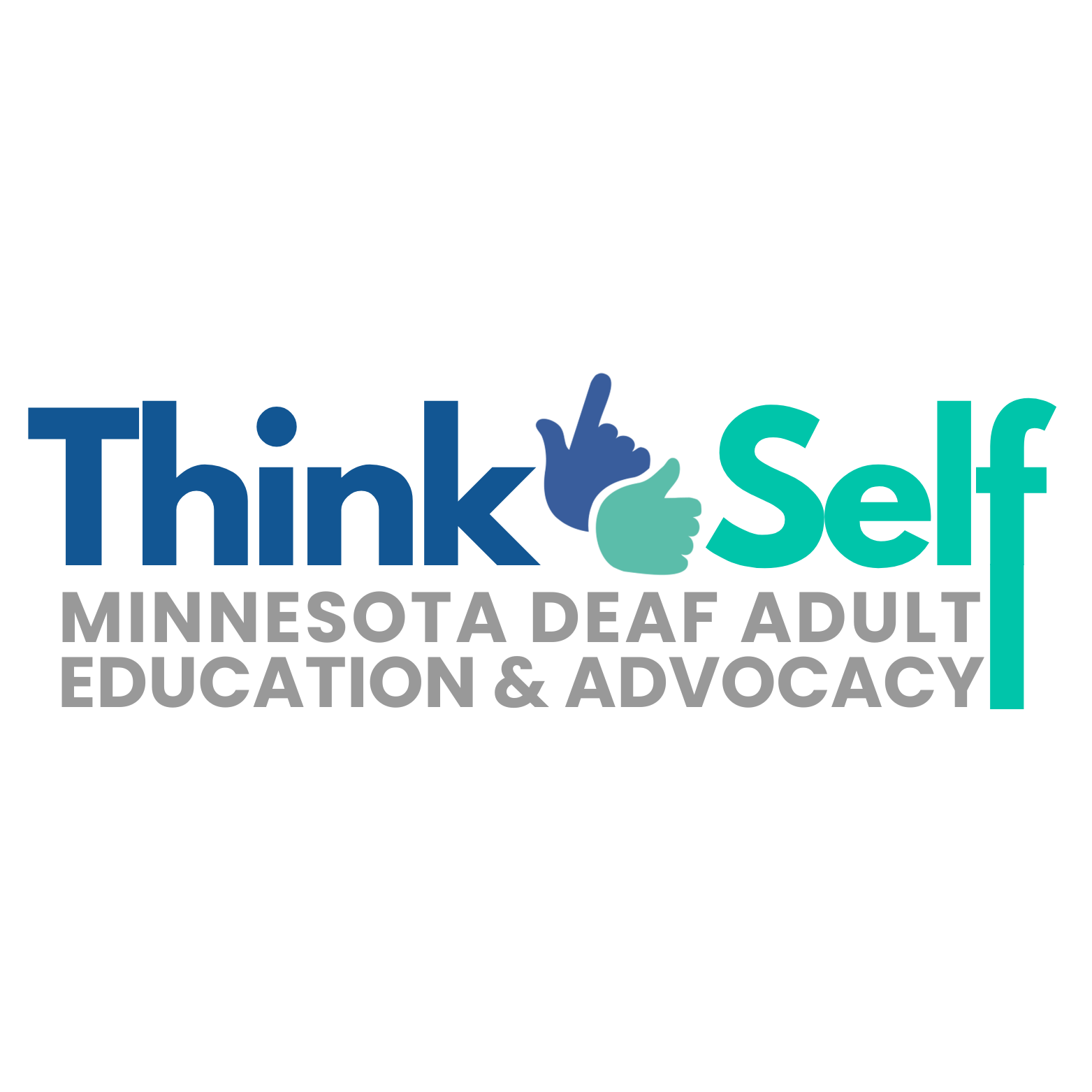Common ASL Terminology
Abuse
Exercise of power and control over another person. Can take many forms–physical, emotional, sexual, financial, verbal, etc.
Resource: “Types of Abuse” – loveisrespect.org
Abuser or person/woman/man who has perpetrated violence
A person who uses abusive tactics and behaviors to exert power and control over another person with whom the abuser is in an intimate, dating or family relationship.
Resource: “Why Does He Do That?” by Lundy Bancroft
Advocate
A professional who provides support to people experiencing violence in identifying and accessing resources for safety, justice, and healing.
Coercion
Force or the power to use force in gaining compliance.
Resources:
Related Minnesota Statue
“How to Recognize Coercive Control” – healthline.com
Consent
Occurs when one person voluntarily agrees to the proposal or desires of another.
Resource: “What consent does—and doesn’t—look like” – loveisrespect.org
Contempt
Violation of one or more terms of a protection order.
Resource: MN Court Guide – www.mncourts.gov/Help-Topics/Domestic-Abuse-and-Harassment
Continuance
Rescheduling a court hearing or other event to a later date.
Couch Surfing
Staying in someone’s home for short or long term. Homeless/houseless.
Crisis
A time of intense difficulty, trouble, or danger.
Domestic Abuse No Contact Order
Issued by a court against a defendant in a criminal proceeding or a juvenile offender in a delinquency proceeding for domestic abuse, harrassment, stalking, or violations of protective orders.
Resource: Related Minnesota Statute
Domestic Violence
A pattern of behaviors used by one party to maintain power and control over another.
Resource: “What is domestic violence?” – ncadv.org
Grooming
Building a relationship, trust and emotional connection in order to manipulate, exploit, and/or abuse.
Resource: “How Domestic Abusers Groom & Isolate Their Victims” – psychologytoday.com
Harassment Restraining Order
In Minnesota, a civil order limiting contact between people or businesses.
Resource: MN Court Guide – www.mncourts.gov/Help-Topics/Domestic-Abuse-and-Harassment
Homeless Youth
Unaccompanied youth ages 12 and older (up to age 17, 21, or 24) who are without family support and who are living in shelters, on the streets, in cars or vacant buildings, or who are “coach surfing” or living in other unstable circumstances.
Intimidation
When one person uses threats to cause another person fear and/or coerce them into doing something. Examples include, but are not limited to: facial expressions, actions, gestures, tone of voice/sign, destroying property, abusing pets, displaying weapons.
Isolation
Using friends, family and social networks to establish and maintain power and control. Examples: limiting or controlling contact with family/friends, disparaging family/friends, managing clothing choices, limiting involvement in social networks or the workplace.
Order For Protection
In Minnesota, a civil order limiting contact between family, intimate partners, or household members.
Resource: MN Court Guide – www.mncourts.gov/Help-Topics/Domestic-Abuse-and-Harassment
Polyvictimization
Having experienced multiple victimizations such as sexual abuse, physical abuse, bullying, and exposure to family violence.
Resource: polyvictimization.org
Rape
Unlawful penetrative sexual activity and often sexual intercourse carried out forcibly or under threat of injury against the will of a person, or with a person who is beneath a certain age or incapable of valid consent.
Resource: rainn.org
Relationship Violence
Relationship abuse is a pattern of abusive and coercive behaviors used to maintain power and control over a former or current intimate partner.
Sexting
Sending sexually explicit photographs or messages via mobile phone.
Sexual Assault
Sexual assault is a form of sexual violence, and it includes rape (such as forced vaginal, anal or oral penetration or drug facilitated sexual assault), groping, child sexual abuse, or the torture of the person in a sexual manner.
Resources:
Stalking
Criminal activity consisting of the repeated following and harassing of another person.
Resource: Minnesota Attorney General – Guide for Victims of Stalking
Survivor
A person who continues to function or prosper in spite of opposition, hardship, or setbacks. Not always a preferred term by individuals who have experienced violence. If preference is not known, use “person/woman/man who has exeprienced violence.”
Strangulation
Both choking and strangulation refer to a restriction of air (asphyxiation) caused by something other than a disease process, but choking comes from inside the throat and strangulation comes from outside.
Resource: “Strangulation – the red flag of domestic violence” – strangulationtraininginstitute.com
Trauma-bonding
Traumatic bonding occurs as the result of ongoing cycles of abuse in which the intermittent reinforcement of reward and punishment creates powerful emotional bonds that are resistant to change.
Resource: “How to Recognize and Break Traumatic Bonds” – healthline.com
Trauma-informed
An approach to service provision that assumes that an individual is more likely than not to have a history of trauma. Recognizes the presence of trauma symptoms and acknowledges the role trauma may play in an individual’s life – including providers.
Resource: CDC – 6 Guiding Principles for A Trauma-Informed Approach
Victim
A person harmed, injured, or killed as a result of a crime, accident, or other event or action.
Resource: “What’s in a word? Victims on ‘victim'” – researchgate.net
Violence
The intentional use of physical force or power, threatened or actual, against oneself, another person, or against a group or community, which either results in or has a high likelihood of resulting in injury, death, psychological harm, maldevelopment, or deprivation.

